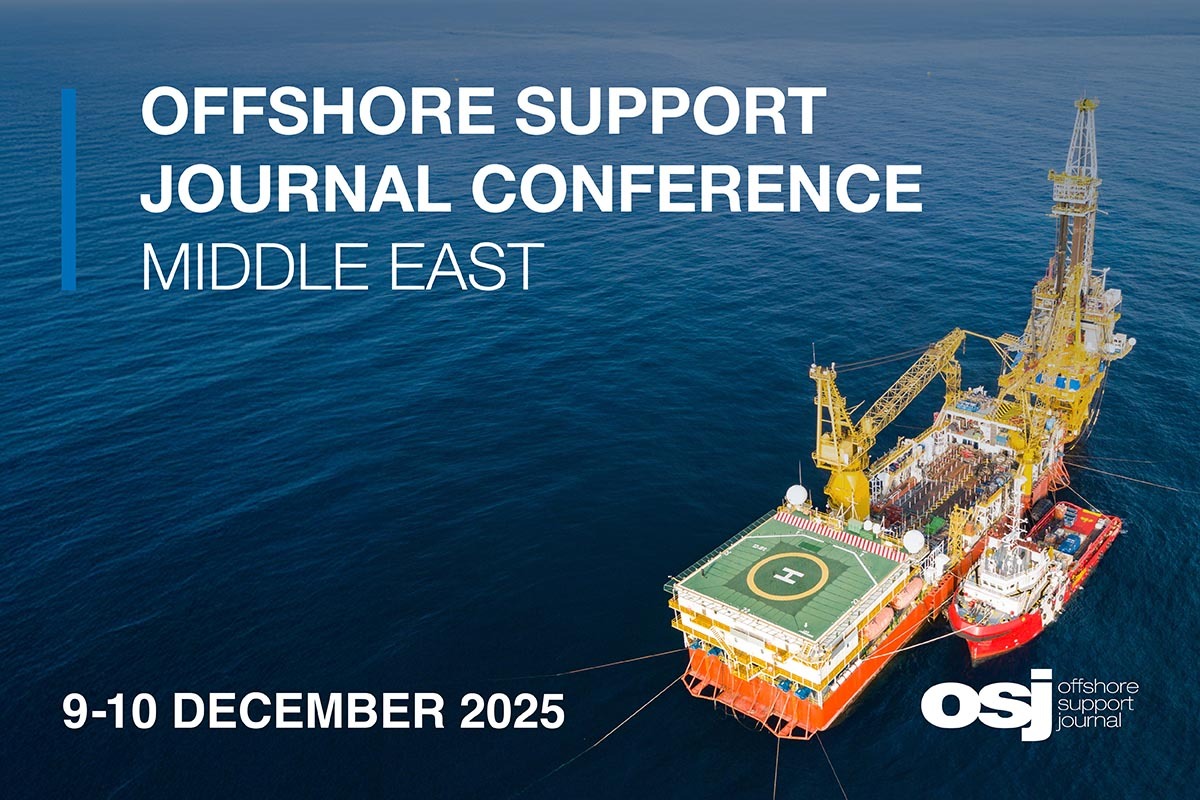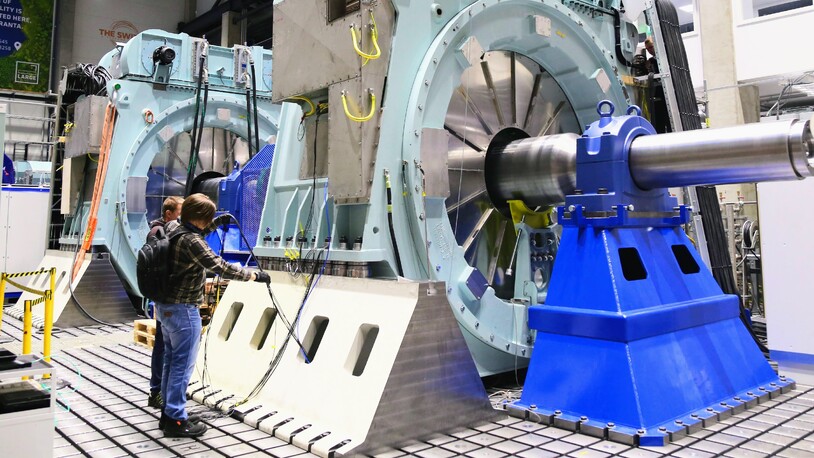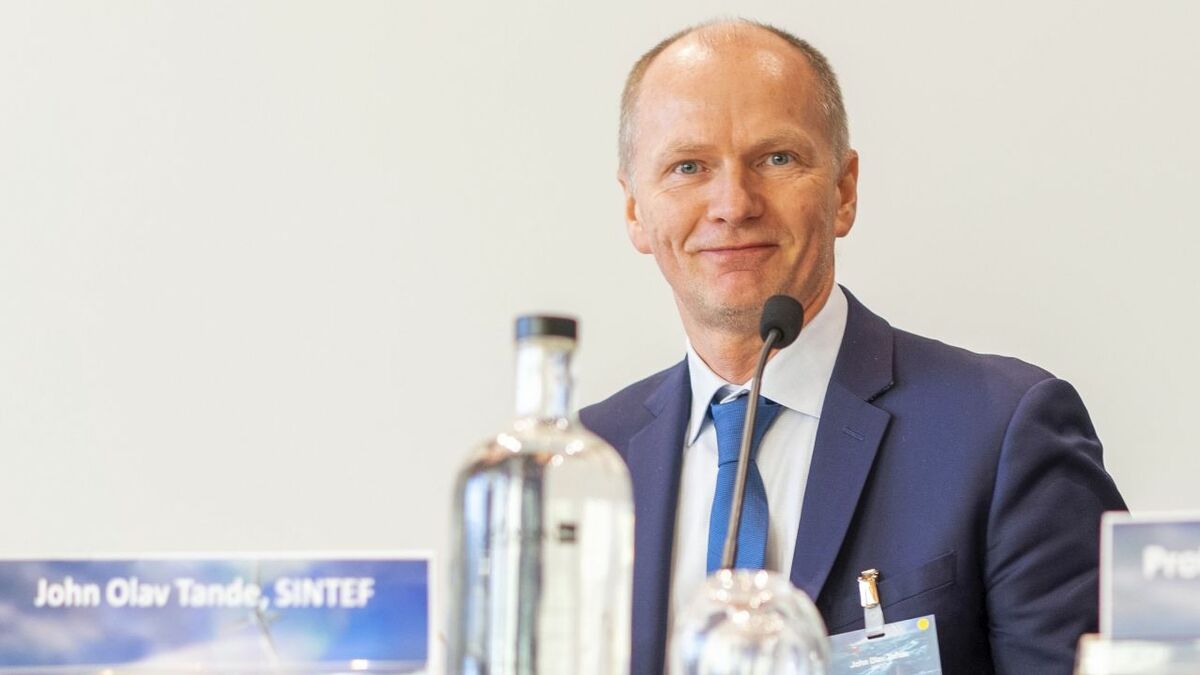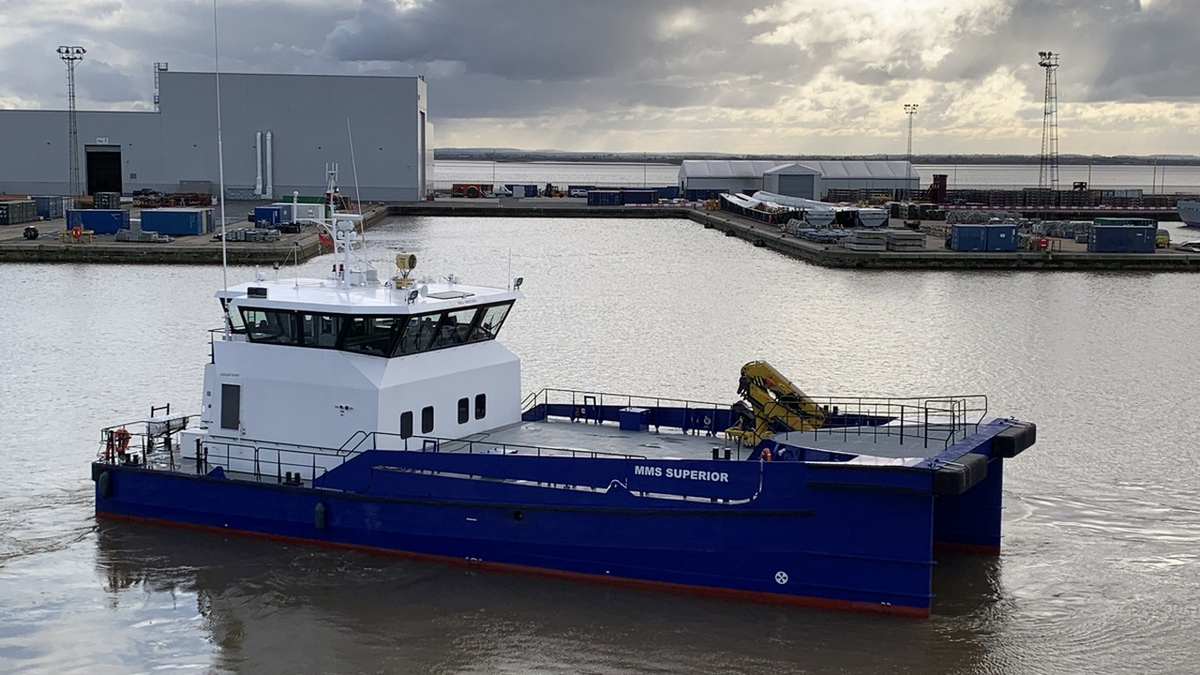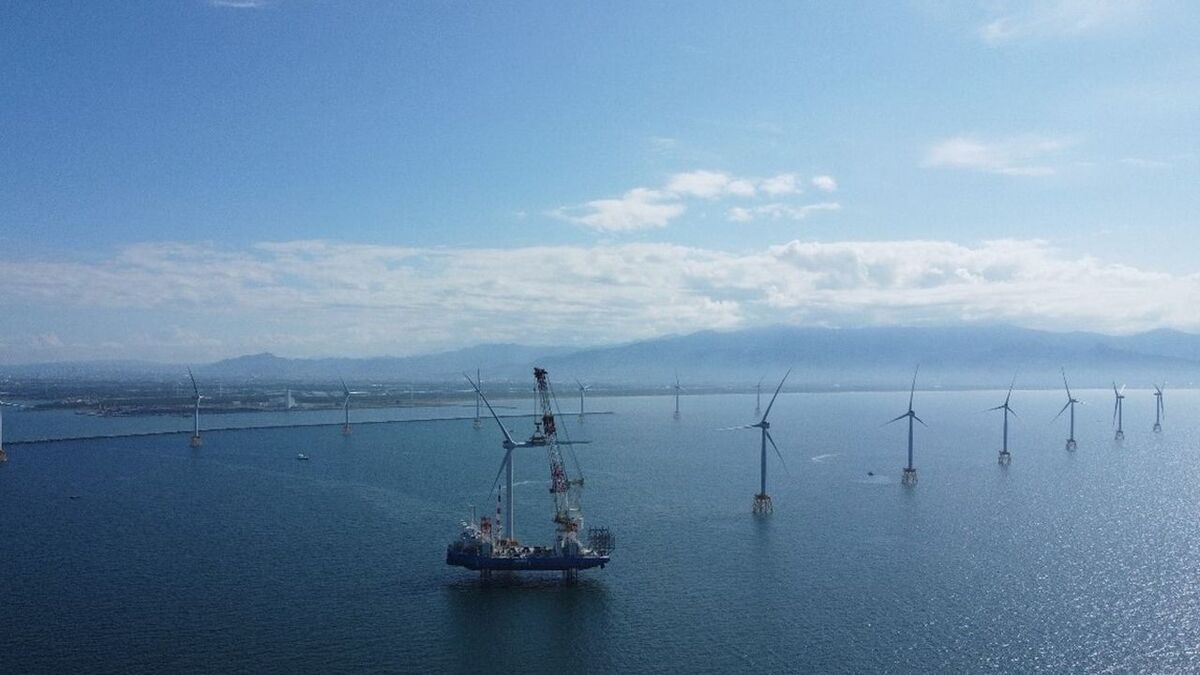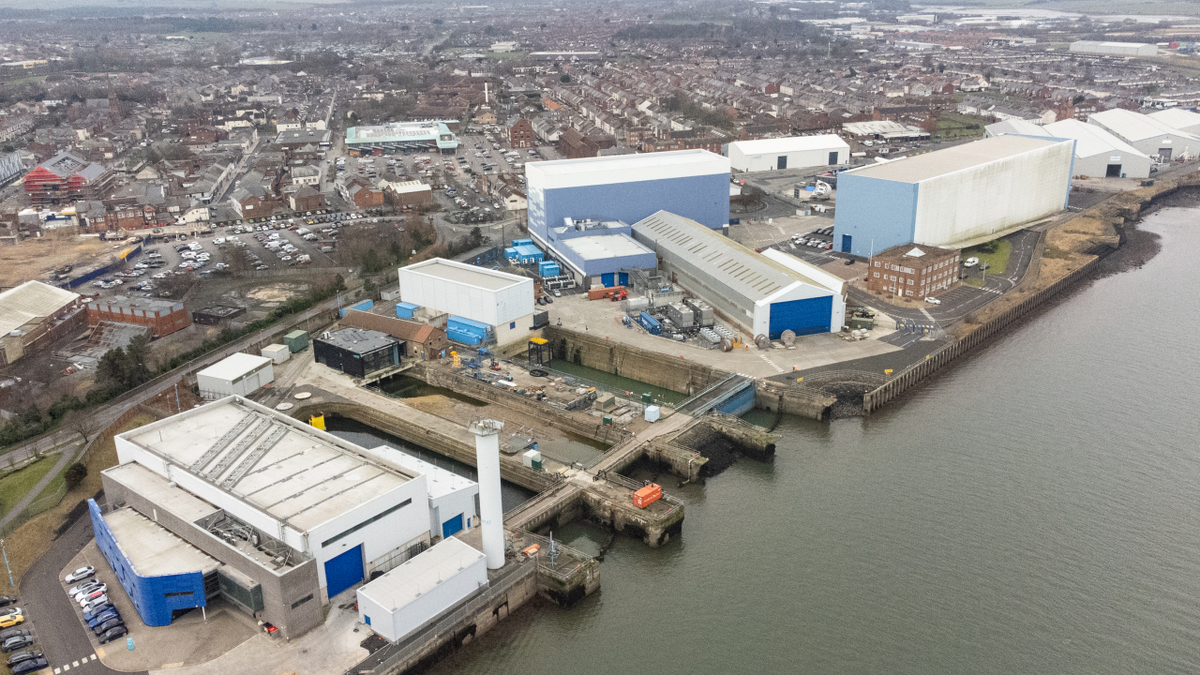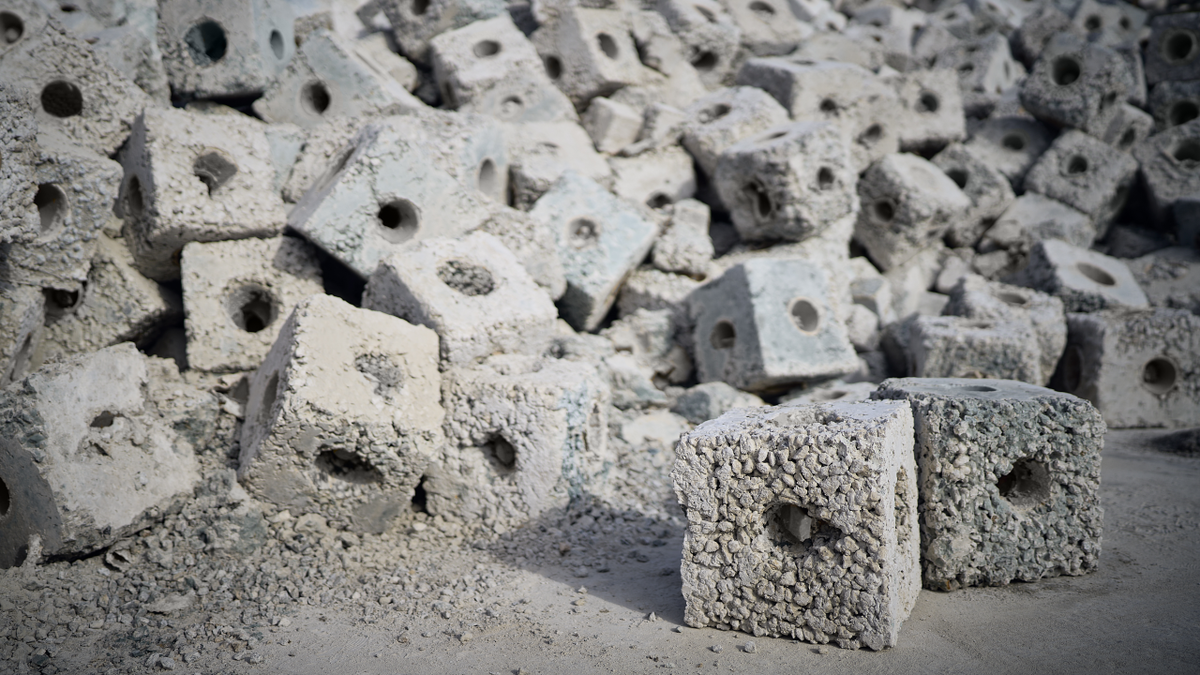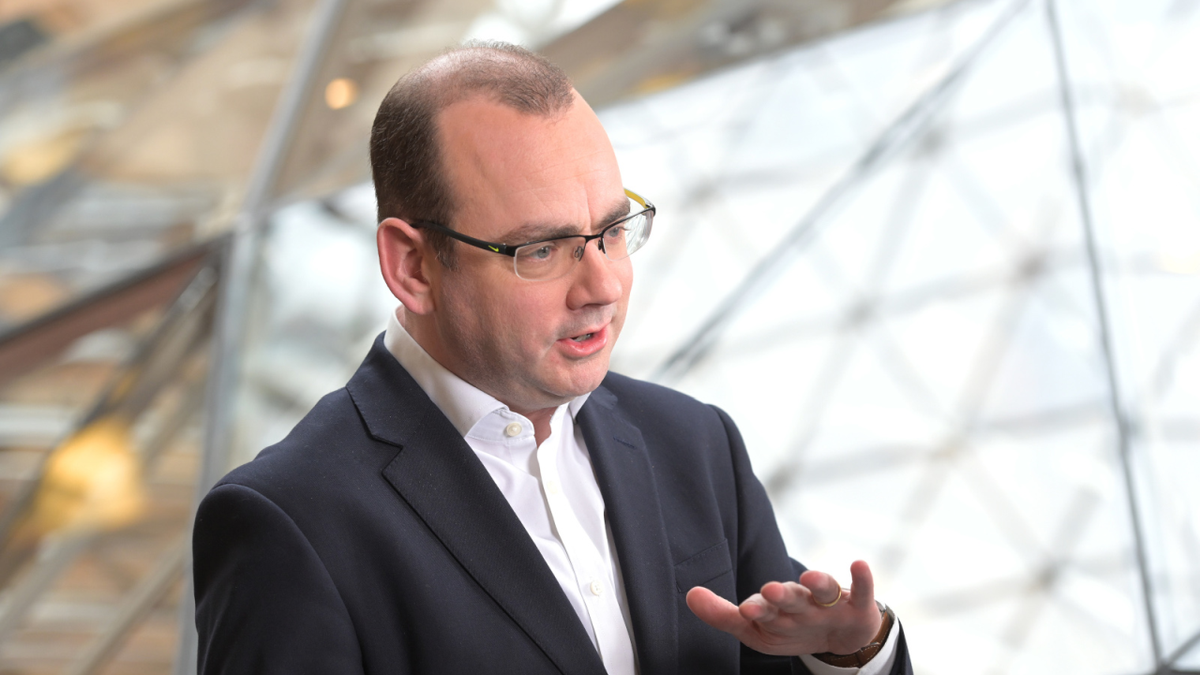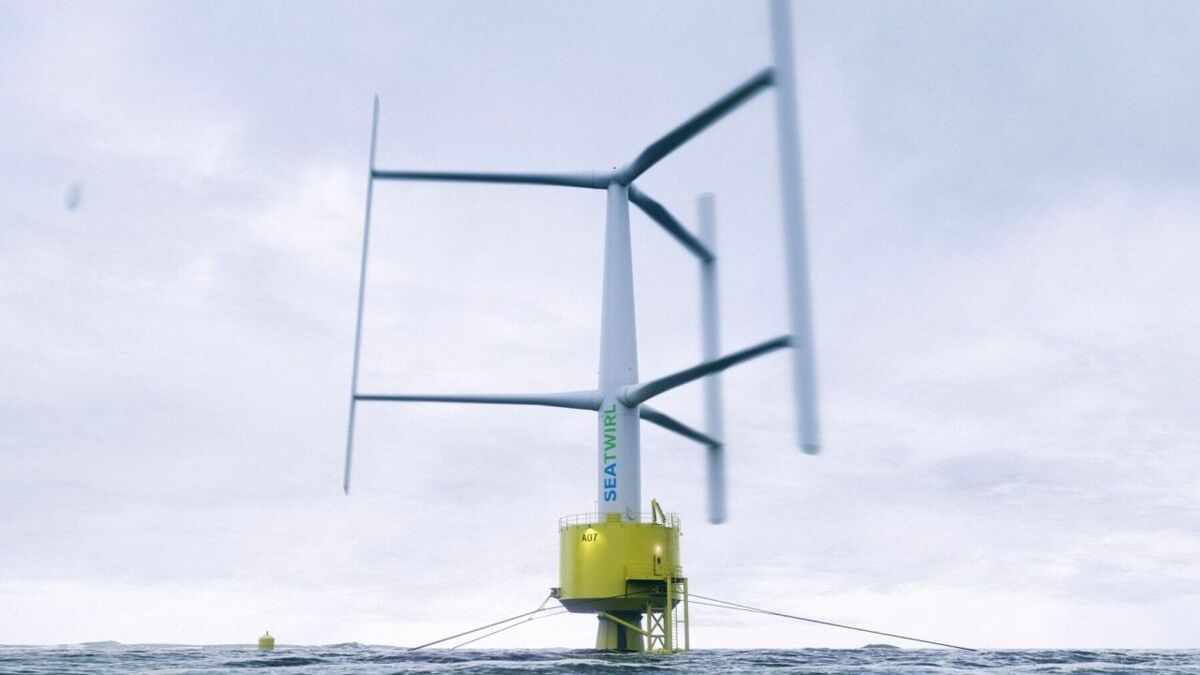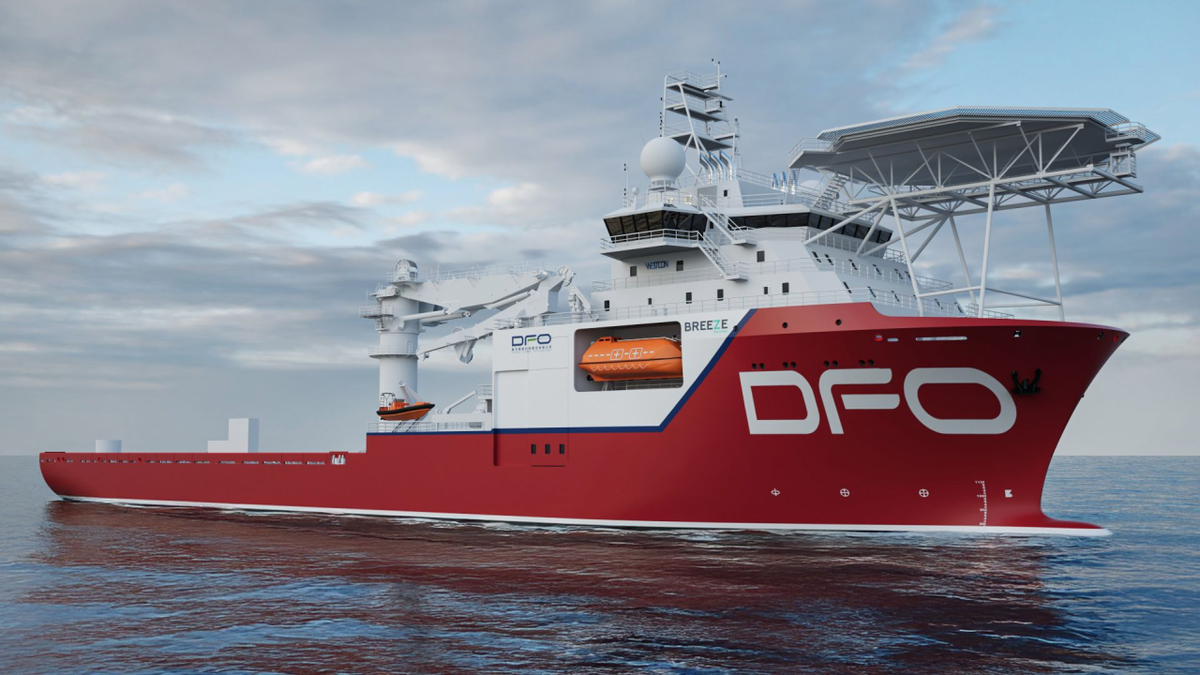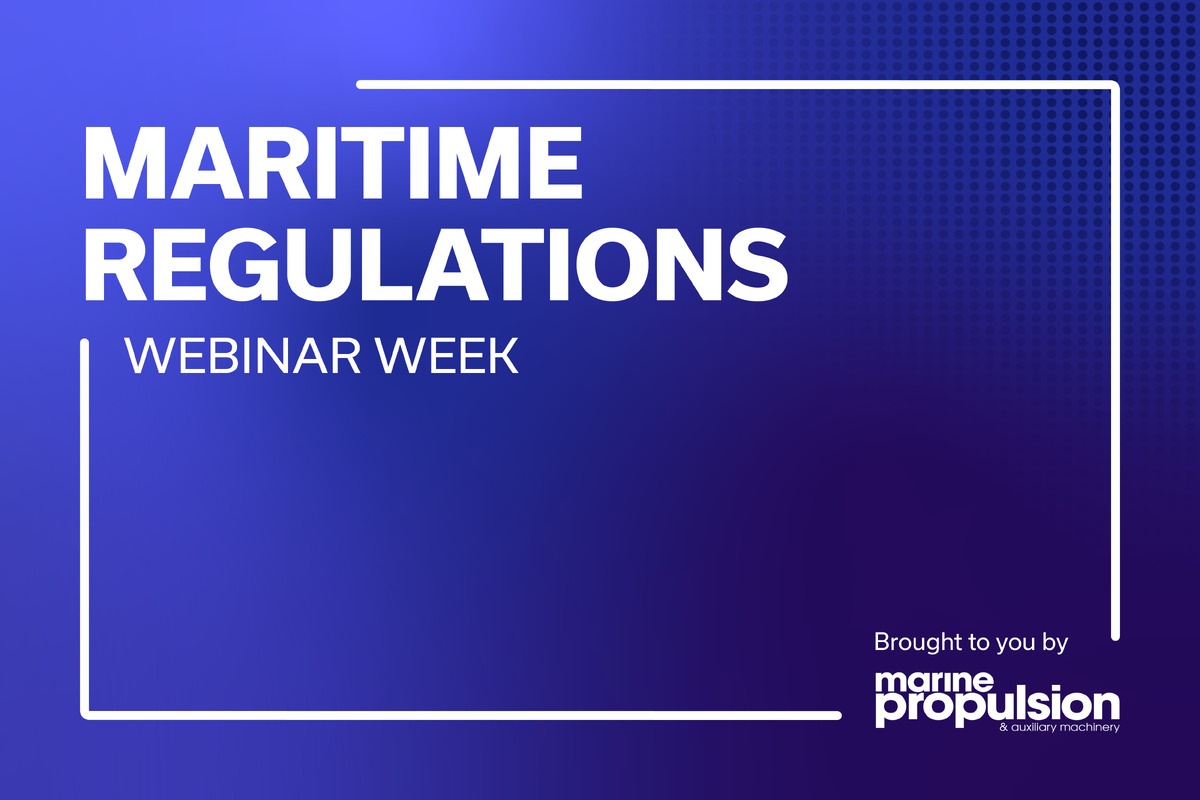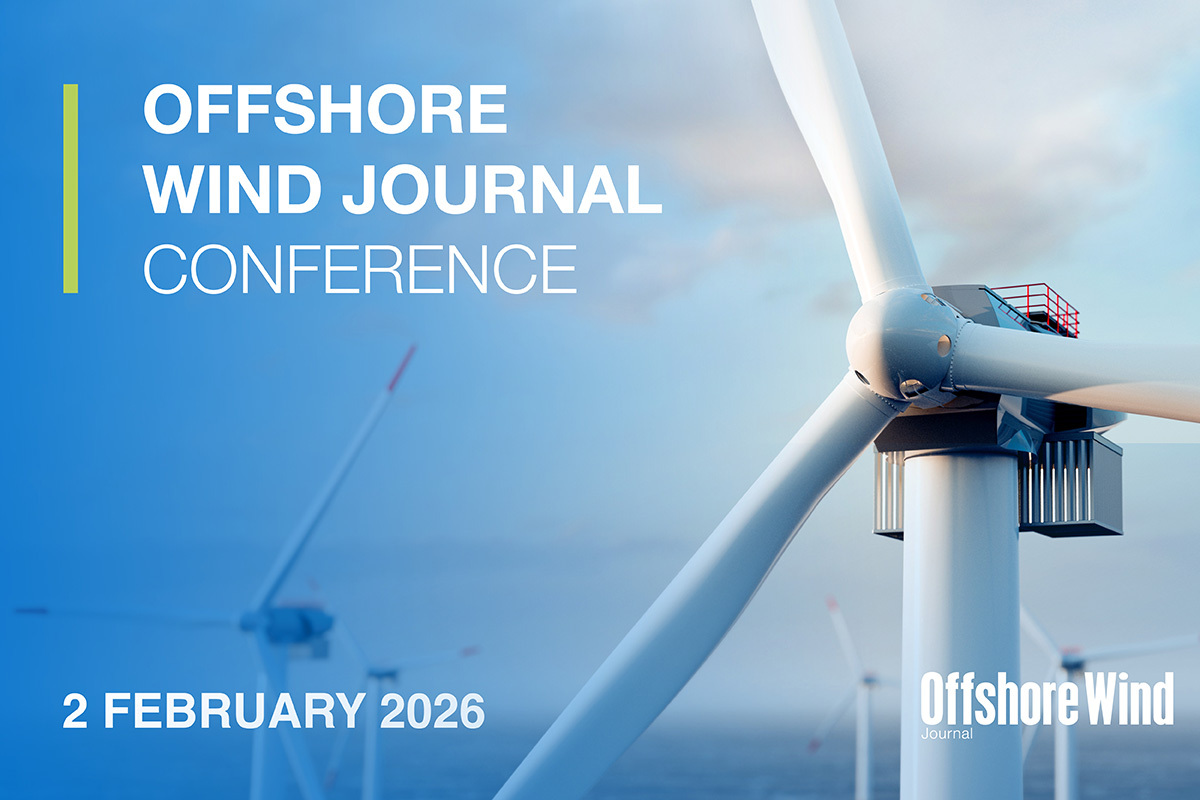Business Sectors
Events
Offshore Support Journal Conference, Middle East 2025
Contents
Research super-cluster has Norwegian export opportunities as its goal
Norway’s maritime industry has a long and successful history of working in clusters. Now a similar strategy is being used in offshore wind
In cluster projects, companies and research organisations come together to address joint challenges and develop technical solutions. A highly successful way of working in the marine industry, that approach is being replicated in Norway’s wind energy industry in a Nkr120M (US$14M) wind power research centre that has offshore wind as one of its main priorities.
Financed by the Norwegian Government through the Research Council of Norway, NorthWind is what is known as a ‘Centre for Environment-friendly Energy Research (FME)’ and will run for eight years. It is led by Norway’s research institute SINTEF, working closely with the Norwegian University of Science and Technology (NTNU), Norwegian Institute for Nature Research, Norwegian Geotechnical Institute and the University of Oslo, and has already attracted a large number of industry partners.
FMEs such as NorthWind are used to carry out long-term research and have been used to address topics such as energy efficiency, carbon capture and storage and the social science aspects of energy research. An earlier initiative, NOWITECH – the Norwegian Research Centre for Offshore Wind Technology – took a similar, precompetitive approach to research on offshore wind and led to more than 40 different innovations and more than 230 peer-review publications.
The director of NOWITECH, John Olav Tande, also leads the new research initiative and, as he told OWJ, the motivation behind it is clear. Like all of the other FMEs funded by the Norwegian Government, the key objective is to benefit Norwegian society through the creation of green jobs and export opportunities for Norwegian companies. But in achieving these aims, NorthWind will also contribute to technology development in the offshore wind industry as a whole – and floating wind in particular – and research undertaken by the consortium will be grounded in the real world and in real-world challenges that industry partners need to address.
“Floating wind is Norway’s largest opportunity,” said chief scientist Tande, who works at SINTEF, “but we have a substantial budget and, working with our partners in industry, we will be looking at a number of areas. NorthWind is very much a multi-disciplinary project and has a much wider scope than most research projects. Collaboration will be fundamental to its success.”
Research work carried out under NorthWind will be organised into five work packages addressing subject areas such as digital twins, sustainability, marine structures, marine operations and electrical infrastructure, but as chief scientist Tande explained, it will also have a very flexible approach and it will be possible to divert resources to urgent issues and to establish spin-off projects.
Although primarily technical in nature, University of Oslo will also work on the legal aspects of the development of offshore wind, not least issues arising from hybrid, cross-border projects and offshore wind’s need to co-exist with other users of the sea, such as fisheries.
User case studies will be an important part of NorthWind. These will be developed and carried out in close collaboration between researchers and industry partners. The studies will vary in duration and scope from short proof-of-concept studies on a specific topic lasting a few months to more complex studies lasting years.
Among the subject areas for some of the cases studies, industry partners have already expressed an interest in development of technology for use in the Norwegian sector of the North Sea. This study will focus on development of substructure concepts for Norway’s Sørlige Nordsjø II offshore wind zones, gigawatt-sized developments that will take place in just this kind of water depth. Industry partners such as Aker Offshore Wind, Aibel, and Equinor have already expressed an interest in research of this type that will also be applicable to the international market.
Another potential case study focuses on solutions for grid connection of far-offshore windfarms. Aker, Equinor, ABB, Aibel, Nexans and Hitachi among others are believed to be interested in the study, which will identify reliable and cost-effective solutions for grid connection for Sørlige Nordsjø II, which is 140 km off the coast of Norway and could, it is anticipated, act as a hub of a future North Sea transnational grid.
An onboard decision support system is the subject of another potential case study. It could see the system installed on a project partner’s vessel and tested against different types of connection targets such as fixed and floating wind installations. The potential benefits of such a system include greater safety levels during unplanned maintenance operations in harsh weather, such as in the winter season. Potential industry partners involved here include Havyard shipyard, designer Vard, Kongsberg Maritime and vessel owners DOF and Esvagt.
In the subsea collector case study, industry partners including ABB, Aker Offshore Wind, Baker Hughes, Hitachi and Equinor are interested in innovative and cost-effective components for grid connection for floating windfarms, the aim being to reduce costs.
Public engagement and assessment of environmental impacts are also likely to be addressed in NorthWind and a case study on these issues has garnered support from Aker Offshore Wind, Statkraft, TrønderEnergi and Energi Norge. The aim is to develop knowledge-based strategies to mitigate environmental and societal conflicts, looking at issues such as the impact of offshore wind on biodiversity and ecosystems, job and value creation, regulatory processes and subject areas such as blade recycling.
The latest partner meeting for NorthWind took place in early February 2021 and June this year is expected to see the research effort kick-off in earnest, with the election of board members and the finalisation of work plans for the immediate future. Like NOWITECH, NorthWind is expected to result in many technical innovations – at least 20 – but chief scientist Tande is confident that there will be many more, that will also help generate job and export opportunities for Norwegian companies, and produce cost-competitive technology, not least for floating wind.
When asked what he sees as the most important objective in the NorthWind project, chief scientist Tande said making floating wind cost competitive by 2030 is highest on his list of priorities.
Riviera’s Offshore Wind Journal Conference will be held on 25 March 2021 - use this link for more details and to register for this virtual conference
Related to this Story
Events
Offshore Support Journal Conference, Middle East 2025
Maritime Regulations Webinar Week
Maritime Decarbonization Conference, Americas 2026
Offshore Wind Journal Conference 2026
© 2024 Riviera Maritime Media Ltd.
